Our Blogs
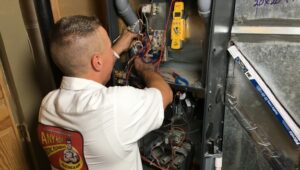
Your Essential Salt Lake Furnace Maintenance Checklist
The Salt Lake Valley is an incredible place to call home, but it’s not without intense, cold winters that produce extra wear and tear on
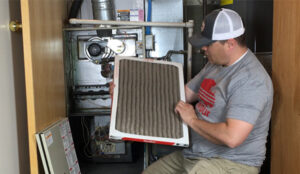
Don’t Get Left in the Cold: 10 Critical Signs Your Salt Lake City Furnace Needs Repair NOW
Welcome to Salt Lake City, where winter doesn’t just knock; it blusters in with freezing temperatures that can last for months. Here in the Wasatch

The Safer, Smarter Way to Protect Your Roof From Ice Dams
A fresh snowfall on a Utah roof can look like something out of a postcard. But beneath the beauty lies a serious problem many homeowners
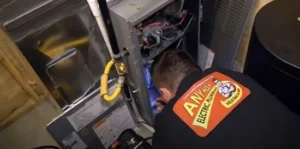
Top 5 Reasons A Furnace Fails
During the cold winter months, very few things can be worse than the furnace going out. It works quietly in the background of our lives—until
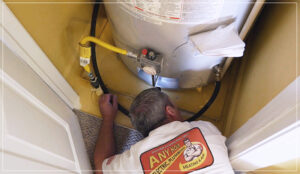
5 Signs Your Water Heater is Failing
We’ve all heard the horror stories about water heaters becoming pressurized rockets that explode through the roof of the house or about families leaving on

Utah Trenchless Pipe Repair: 5 Smart Ways to Protect Your Home
If you’re a homeowner in Utah, underground pipe problems are more common than you might think. From shifting soil to freeze-thaw cycles, the ground beneath

6 Ways a Water Softener System Could Help Your Utah Home
If you’ve noticed water spots on your dishes, stiff laundry, or a chalky film in the shower, you’re not alone. These are some of the

Tripped Breaker? 7 Smart Tips to Prevent Overloaded Circuits
Open your main electrical panel, and you’ll see numbers on each breaker—15, 20, maybe even 60. These aren’t just random labels—they’re telling you something important

Helpful Information About Smoke Detectors
Other than changing the battery and replacing it every 10 years, there is very little you need to do to keep your smoke detectors working.

4 Common Sewer Mainline Materials
When you flush your toilet or drain your sink, that water has to get from your home to the city sewer lines. It does that by draining down
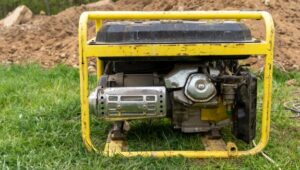
How To Use A Portable Generator In An Emergency
Most people have experienced a power outage of some kind. There could be a lot of new houses that are taxing the power grid. Or

How Ceiling Fans Help Your HVAC Work Smarter, Not Harder in Utah Homes
Ceiling fans might look simple, but they can be secret weapons for staying comfortable without pushing your heating and cooling system to its limits. If

